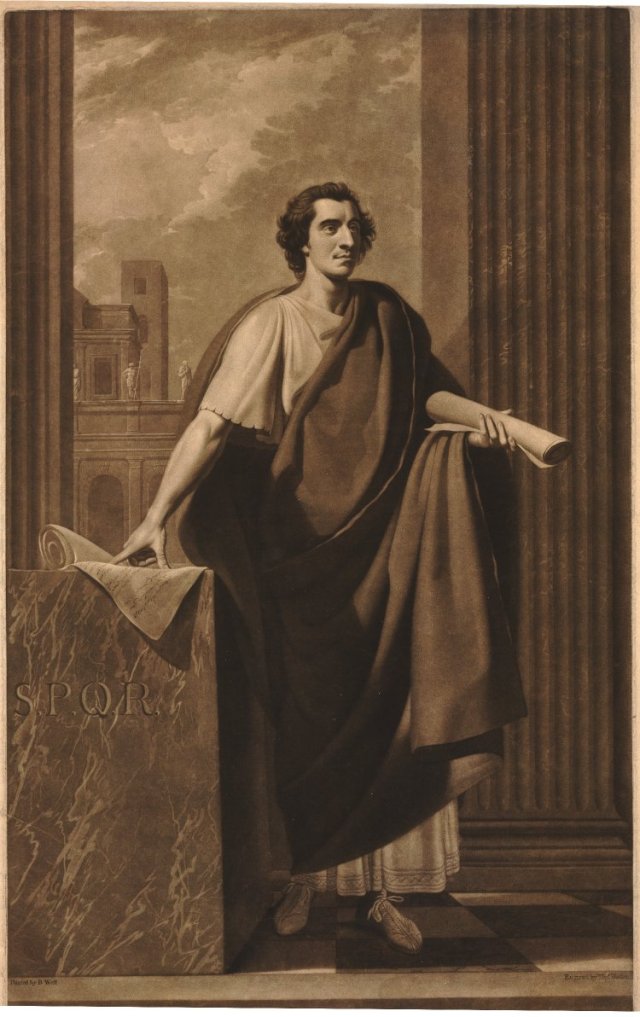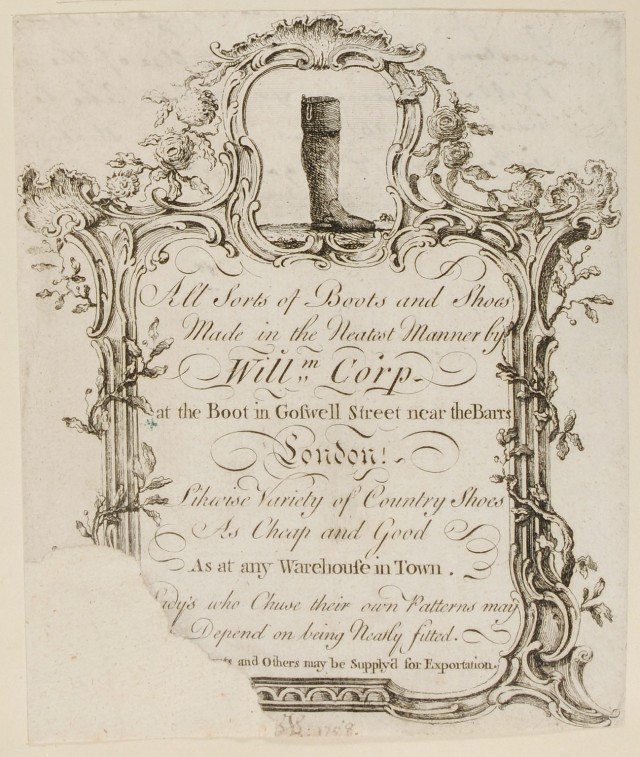We have previously looked at hair powder tax, glove tax and now for the next instalment we have, drum roll please – you’ve guessed it – shoe and boot tax. So far as finding ways to generate much-needed revenue the government of the day were completely unstoppable.

We came across an article in the General Advertiser May of 1785 in which Alderman Sawbridge put to William Pitt the Younger another possible tax that had been bought to his attention, the idea of taxing shoes as an alternative to the planned shop tax.
‘a paper had been put into his hands and he had been desired to ask the question; and, with leave of the House he would state the particulars of the proposed tax. It was made on a supposition of there being eight millions of persons in this country, and that four millions of them were either children or poor persons, whose shoes were under the prices meant to be taxed; then, the remaining four millions were calculated as follows: –
Two millions of persons, who wear two pair of shoes per annum of between four and five shillings value, on each paid a stamp duty of two-pence was to be paid which would produce £33,333, 6 shilling and 8 pence.
One million, who wear three pair of between five and six shillings value, on them four-pence each £50,000
One million, who wear three pair, value six shillings and upwards, on them six pence per pair £75,000.
One million pair of boots at 1 shilling per pair £50,000
The whole tax to produce £208,333 6 shilling and 8 pence’.

A week later it appears that this proposal had initially been suggested to Mr Pitt by a Dr Jones, who made it quite clear at the time to Pitt that he wished to
‘have himself concealed as the projector; at the same time, he avows that he shall be the Minister’s friend to the last’.
Well, that went well, as his name was plastered across the newspapers as the potential instigator of yet another levy on the public who were already struggling with all the other taxes that had been imposed.
For some reason it took a further 18 months before implementation but sure enough on 26th January 1787 the shoe tax was implemented courtesy of Dr Jones (how popular must he have been with the average person, one wonders?) and by this time the tax was expected to generate around £400,000, quite an increase in predicted revenue. It was at the time reported as being ‘neither obnoxious nor unproductive’.

Quite how much it raised in reality or how long it existed for we’ve no idea, so far we can find no evidence of it being repealed unless over time it was amended and became known as the leather tax. If anyone can shed any light on this we would be most interested in hearing from you.
We finish with an observation made in 1790 which just about sums up the taxation that was taking place at that time:
In everybody’s mouth, in and out-of-doors, the conversation is tax dogs, tax shoes, tax boots, tax heads, tax everything eatable, drinkable, wearable or moveable; in short, the curse of Ernulphus is nothing in comparison of the calamities which a set of Gentlemen are ready to impose on their country.
Sources
General Advertiser (1784), Tuesday, May 31, 1785
Morning Herald and Daily Advertiser, Tuesday, June 7, 1785
World and Fashionable Advertiser, Friday, January 26, 1787
Morning Chronicle, Saturday, December 18, 1790

Such delicious trivia! Thanking you kindly.
LikeLiked by 1 person